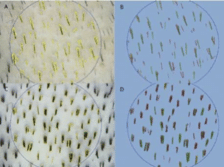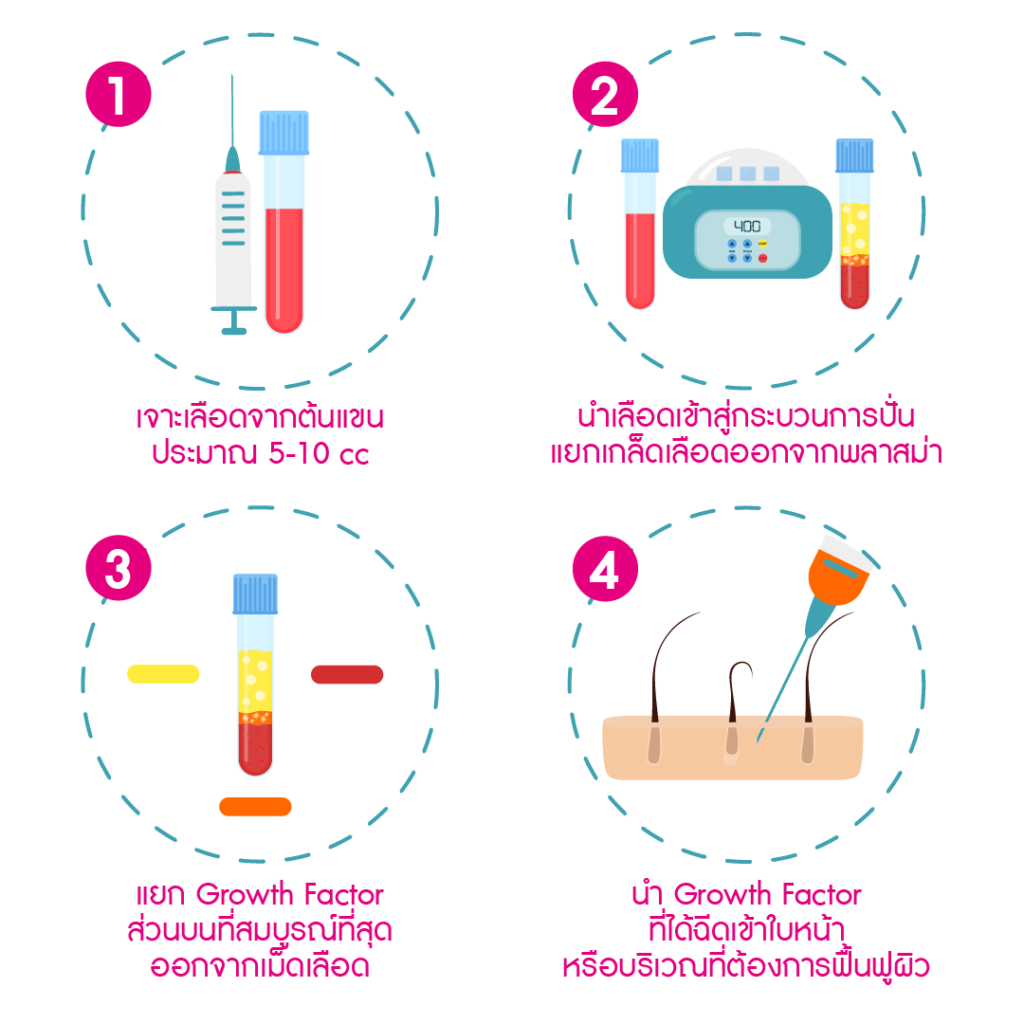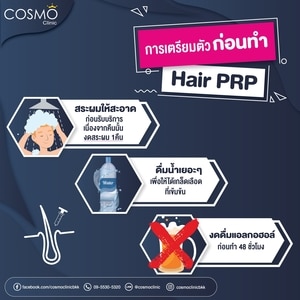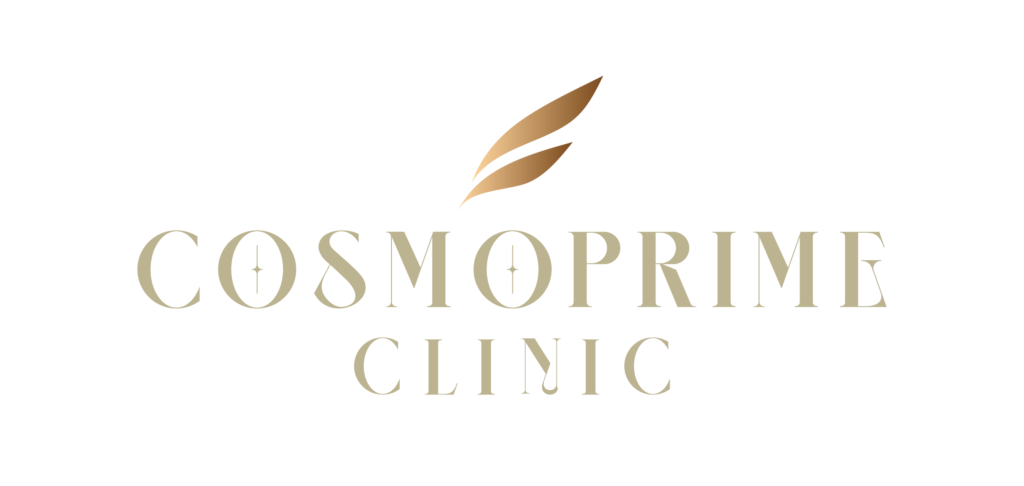Frequently Asked Questions About PRP Hair Treatment
Platelet-Rich Plasma (PRP) therapy is a popular, non-surgical solution for hair thinning and hair loss. If you’re considering PRP for hair restoration, here are the most common questions patients ask.

1. How Many PRP Sessions Are Required?
Typically, 3 to 10 sessions are recommended for noticeable results.
- First 3-4 sessions: Every 2 weeks.
- Subsequent sessions: Every 1 month, depending on hair thickness and the severity of hair loss.
2. When Will I See Results From PRP Hair Treatment?
Results usually become visible after 3 months, according to research. You may notice:
-
- Thicker and stronger hair strands
- Reduced hair shedding

3. Is PRP Hair Treatment Permanent? Will My Hair Fall Out Again?
The effects of PRP typically last 1 to 3 years, depending on the hair’s life cycle. To maintain results, we recommend:
- Regular PRP treatments every 2-3 months to keep hair follicles active and prevent future thinning.
4. Why Choose PRP Over a Hair Transplant?
PRP is ideal if you still have active hair follicles.
-
- PRP: Stimulates existing hair to become thicker and healthier.
- Hair Transplant: Suitable for areas with no active hair follicles (e.g., a receding hairline in an “M” shape with smooth skin).
5. Is There a Guarantee That PRP Will Work?
Clinical studies confirm PRP effectively stimulates hair growth and slows hereditary hair thinning.
✅ Scientific Evidence: A study using trichogram analysis found:
- 33.6 additional hairs on average.
- 45.9 hairs/cm² increase in density.
However, individual results vary based on:
-
-
- Genetics
- Diet and lifestyle (e.g., alcohol consumption and smoking)
-

6. Can I Get PRP If I Have a Medical Condition?
PRP is generally safe for patients with most medical conditions. However, PRP is not recommended for individuals with:
- Platelet disorders (e.g., ITP – Immune Thrombocytopenia)
- Severe blood clotting issues
7. Can I Get PRP If I Take Blood Thinners or Other Medications?
Blood thinners can reduce the effectiveness of PRP by impairing platelet function. Consult your doctor before starting treatment.
8. Is PRP Safe for Cancer Patients?
Yes, PRP is safe. However, if hair loss results from chemotherapy, we recommend waiting until the treatment cycle is complete before starting PRP.
9. Is PRP Hair Treatment Safe? Can I Have an Allergic Reaction?
PRP uses your own blood, minimizing the risk of allergies or adverse reactions. It’s considered a safe and natural procedure.
10. Where Does the Blood for PRP Come From?
PRP requires your own blood. A small sample is drawn, processed to extract platelet-rich plasma, and then injected into your scalp.

11. Can I Use Someone Else’s Blood for PRP?
No, using another person’s blood for PRP is unsafe due to:
- Risk of infection
- Blood type incompatibility
12. How Should I Prepare for PRP Treatment?
Follow these guidelines for optimal results:
✅ Before PRP:
- Avoid alcohol for 2 days.
- Skip high-fat meals before your appointment.
✅ After PRP:
- Avoid washing your hair for 8-10 hours.
Refrain from alcohol consumption for 2 days.
13. Why Do PRP Treatment Costs Vary?
PRP pricing depends on several factors:
- Clinic location and reputation.
- Use of specialized PRP equipment.
- Marketing costs and brand endorsements.
When considering PRP treatment, choose a reputable clinic with experienced professionals to ensure safe and effective results.




